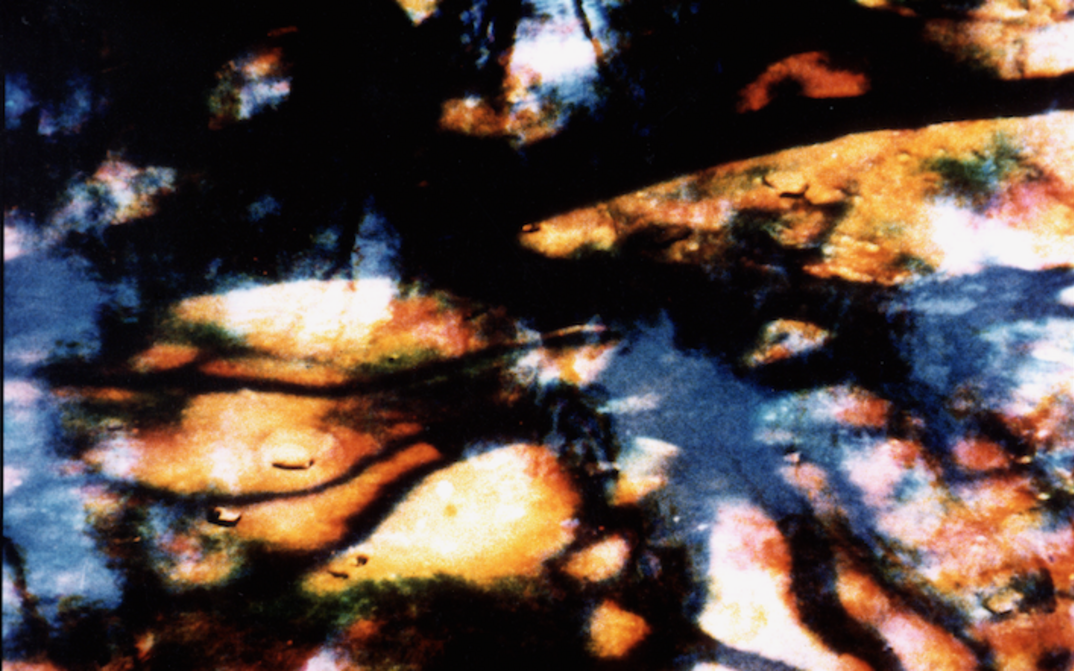SCCA, Center for Contemporary Arts – Ljubljana: UNESCO World Day of Audiovisual Heritage

This year on World Day for Audiovisual Heritage, which is marked annually on October 27, Arsenal will present two programs featuring films at SCCA, Center for Contemporary Arts – Ljubljana, predominantly in analog 16 mm format, by key figures of international avant-garde cinema, Ken Jacobs and Arthur and Corinne Cantrill.
Since the 1950s, Ken Jacobs has explored the relationship between surface and depth in his films, often working with found footage, which he distorts in various ways to prompt a new perception of the images. CAPITALISM: SLAVERY (USA 2007) and CAPITALISM: CHILD LABOR (USA 2006) are based on historical photographs that are animated using various effects and brought back to life. PERFECT FILM (USA 1986) and THE DOCTOR'S DREAM (USA 1978) show two diametrically opposed ways of using found footage material. ORCHARD STREET (USA 1955/2014), the first film shot by Ken Jacobs, is an observation of the Jewish community in New York's Orchard Street.
In their works, the filmmakers Corinne Cantrill (1928–2025) and Arthur Cantrill (born 1938) explore the material properties of film as well as the visual and acoustic nature of Australian landscapes. AT ELTHAM – A METAPHOR ON DEATH (Australia, 1974) shows the view of a river in the interplay of day and night and light and dark, accompanied by the sounds of nature. WARRAH (Australia, 1980) was shot using the three-color separation technique on a sandstone and jungle coast in New South Wales. NOTES ON THE PASSAGE OF TIME (Australia 1979) is also a study of three-color separation and examines the same scene on Amethyst Avenue on both a winter and a summer's day. Like a lucid dream, in WATERFALL (Australia 1984) the movements of water merge into a metaphorical space of constant change that transcends reality and allows the untamed power of a waterfall to be experienced. In GARDEN OF CHROMATIC DISTURBANCE (Australia 1998), a garden serves as the setting for a study of color: random objects are spread out in order to be filmed multiple times and developed with varying light effects and color balance. (26.10.)